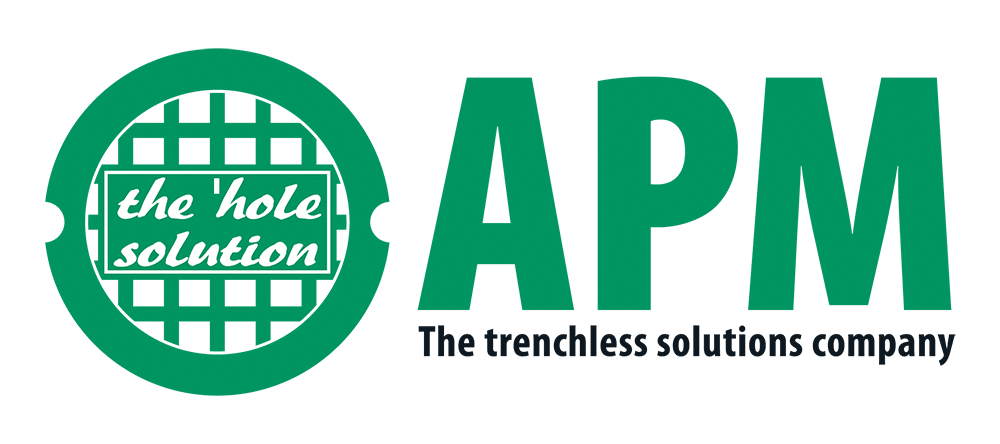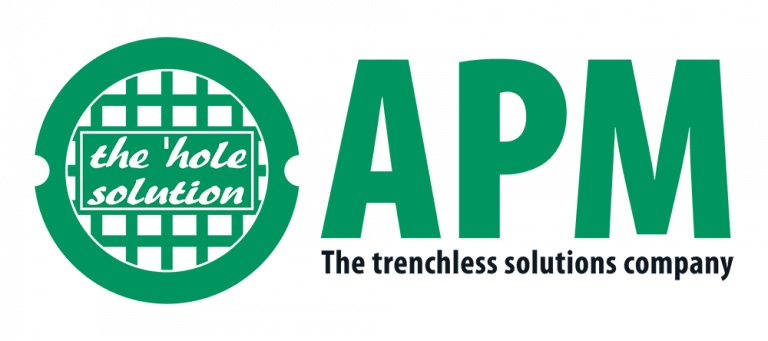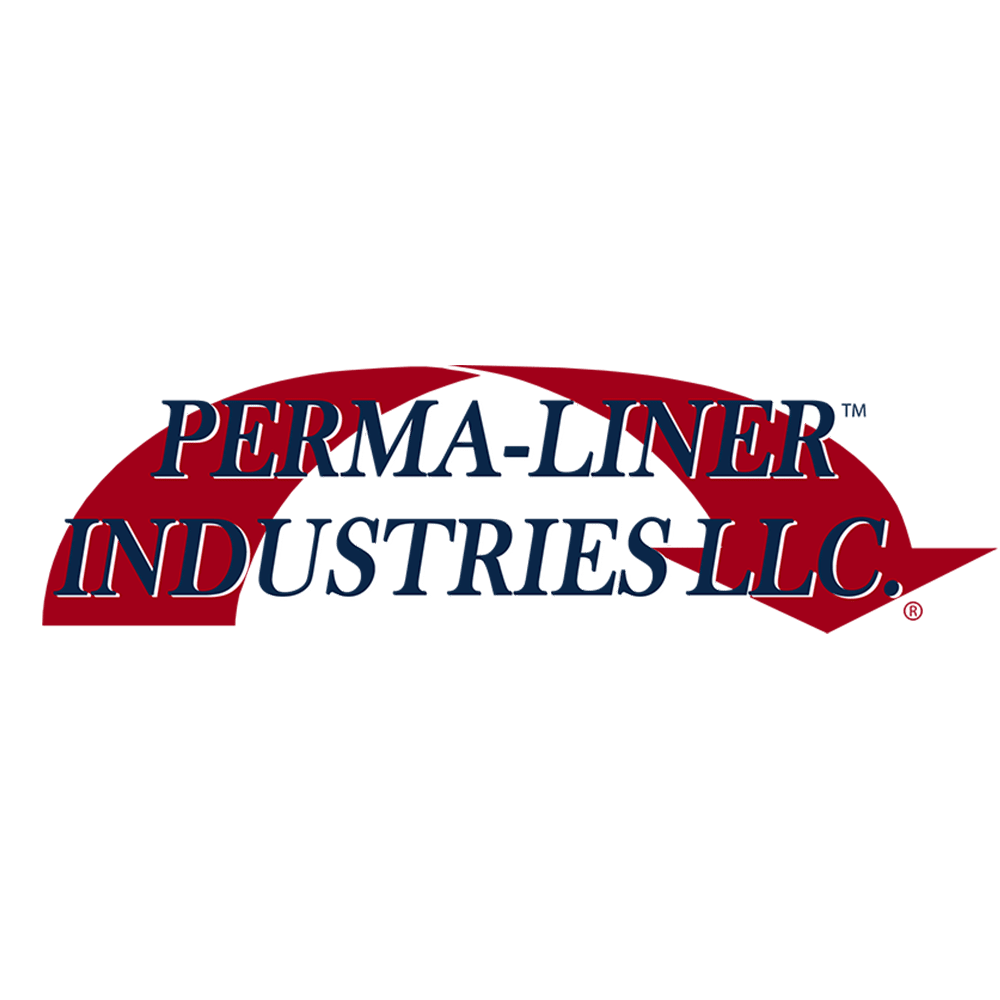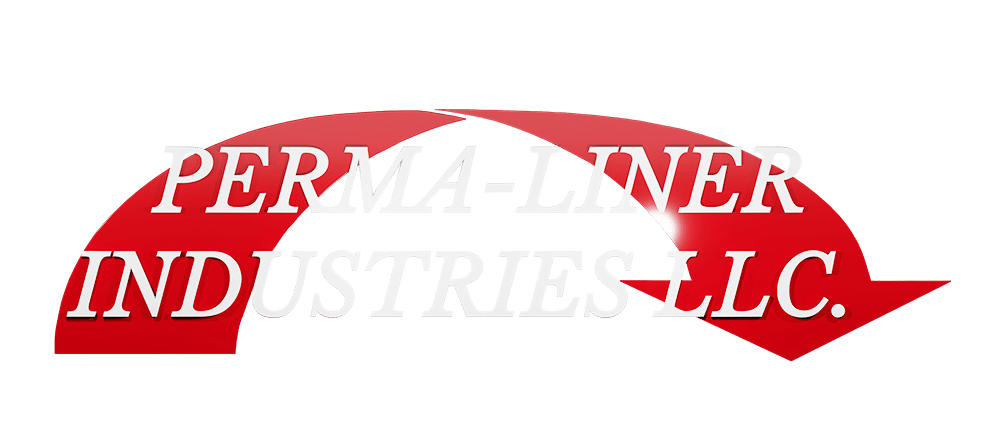Corrosion common to municipal sewers is MIC. With MIC, aerobic bacteria (Thiobacallius) grow in the concrete surfaces above flows and wetted areas. T. Bacteria metabolize converting O2 and H2S gas into sulfuric acid which quickly dissolves the concrete.
CONSHIELD® is an EPA registered anti-bacterial agent that is proven to be an effective preventative of MIC because it inhibits T. bacteria growth that often thrive in sanitary sewer structures. Since CONSHIELD® molecularly bonds to the concrete matrix, it is throughout the whole thickness of the concrete pipe, manhole, liner or poured structure. It cannot wash off, peel off, delaminate or pinhole. It is the surest long-term protection of concrete in municipal sewers.
CONSHIELD® is fully compatible with all Permaform® and Permacast® cementitious materials.
PROTECTION OPTIONS:
- ANTI-BACTERIAL ADDITIVE: CONSHIELD®
- POLYMER COATINGS: Cor+Gard®; Cor+Roc®
- PLASTIC LINER: PERMAFORM®
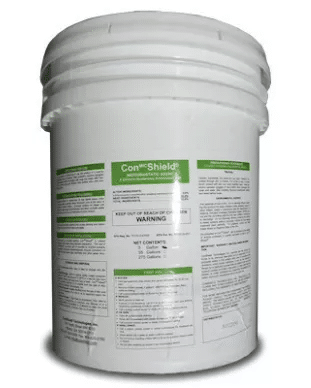
Advantages:
Biogenic corrosion is often called microbiologically induced corrosion or MIC because it is a process whereby anaerobic bacteria common to municipal waste flows create hydrogen sulfide gas which, in turn, is metabolized by sulfate-reducing aerobic bacteria (Thiobacillus) which in turn, create massive quantities of sulfuric acid.
Six decades after C.D. Parker discovered Microbial Induced Corrosion (MIC), our industry often incorrectly refers to the deterioration of sewer pipe as “a gas problem.” But the real culprit for concrete is MIC, a process by which sulfuric acid is produced in sewer systems when hydrogen sulfide gas and Thiobacillus bacteria interact
Anaerobic (non-air breathing) bacteria form in raw sewage and naturally produce hydrogen sulfide gas (H2S) in sewer effluent. Factors contributing to rapid bacterial growth are temperature, retention time, high biological oxygen demand levels, and turbulence.
The more turbulent the effluent, the more hydrogen sulfide gas is released. Evidence of this is most common at lift stations, manholes and the interior crown of pipe. This gas collects above the flow line where it combines with carbon dioxide (CO2). Both of these “acid” gases produce a mild, weak acid solution when they dissolve into the sewer’s moist environment. The CO2 produces carbonic acid, and the H2S produces thiosulfuric and polyphonic acids. Both acids combine with the calcium hydroxide in the concrete to reduce the pH of the surface. These mild acids are far too weak to cause any serious deterioration but they will lower the pH somewhat. As soon as the pH of the concrete falls from its initial levels of pH 11-12 to around pH 9, biological colonization of anaerobic (air breathing) Thiobacillus bacteria will occur.
The countdown to serious corrosion and collapse begins at this point since Thiobacillus bacteria have the unique ability to convert hydrogen sulfide gas into sulfuric acid (H2SO4) in the presence of oxygen. Different species of Thiobacillus colonize on the concrete surface above the liquid wastewater flow, lower the pH, then die, leaving the acid production to the next more aggressive species. The pH of the concrete changes from alkaline (high pH) to very acidic levels (low pH). One such species is Thiobacillus thiooxidans, which is known to thrive in a 7% solution of sulfuric acid which is equivalent to pH 0.5. Thiobacillus thiooxidans produces massive amounts of pure sulfuric acid causing the rapid deterioration of concrete at these levels.

